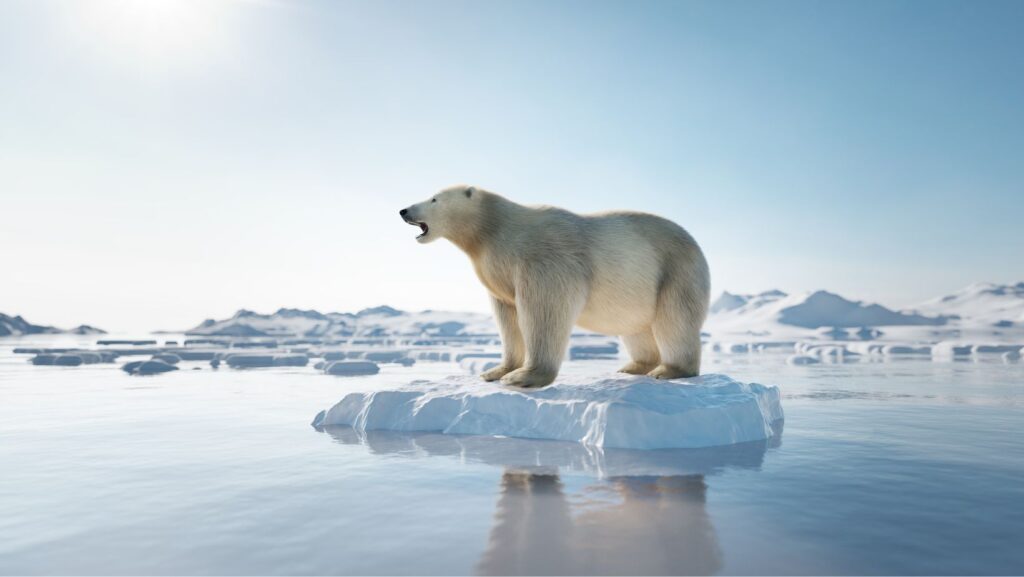As I delve into the realm of wildlife conservation society, it’s crucial to understand their pivotal role in safeguarding our planet’s biodiversity. These organizations work tirelessly to protect endangered species, preserve natural habitats, and promote sustainable practices that ensure the longevity of our ecosystems.
One cannot understate the significance of wildlife conservation society in combating habitat destruction, poaching, climate change, and other threats that jeopardize the delicate balance of nature. Through research, advocacy, education, and on-the-ground initiatives, these groups strive to raise awareness and implement strategies for biodiversity conservation on a global scale.
The collaborative efforts of wildlife conservation society with governments, local communities, scientists, and concerned individuals are instrumental in fostering a harmonious relationship between humans and the natural world. By supporting these organizations through donations, volunteering, or spreading awareness, we all play a part in preserving our planet’s rich tapestry of life for future generations.

History of Wildlife Conservation Society
Established in 1895, the Wildlife Conservation Society (WCS) has a rich history rooted in conservation efforts worldwide. Founded by visionaries such as Theodore Roosevelt and other prominent figures, WCS aimed to protect wildlife and wild places through science, education, and advocacy.
With a focus on scientific research from the outset, WCS conducted groundbreaking studies that shaped modern conservation practices. The society’s early work included landmark surveys of wildlife populations and habitats, laying the foundation for evidence-based conservation strategies still used today.
Over the decades, WCS expanded its reach globally, establishing field programs across Africa, Asia, Latin America, and beyond. These initiatives not only safeguarded endangered species but also empowered local communities to participate in conservation activities and benefit from sustainable resource management.
By collaborating with governments, NGOs, and indigenous groups, WCS has played a pivotal role in shaping policies that promote biodiversity preservation and combat illegal wildlife trade. Through innovative approaches like community-based ecotourism and technology-driven monitoring systems, WCS continues to lead the way in protecting our planet’s precious natural heritage.
As we reflect on WCS’s journey over more than a century, it is clear that their unwavering dedication to wildlife conservation has made a lasting impact on ecosystems worldwide. From pioneering research to on-the-ground conservation efforts, the Wildlife Conservation Society remains at the forefront of global conservation endeavors.

Achievements in Wildlife Conservation
In the realm of wildlife conservation, remarkable strides have been made to safeguard our planet’s precious biodiversity. Let’s delve into some key achievements that highlight the positive impact of dedicated conservation efforts:
1. Increase in Protected Areas:
– Over the past decade, there has been a substantial rise in the establishment and expansion of protected areas worldwide.
– These sanctuaries provide safe havens for countless species, ensuring their habitats remain preserved for future generations.
2. Species Recovery Programs:
– Various successful species recovery programs have been instrumental in saving endangered animals from extinction.
– Through focused breeding initiatives and habitat restoration projects, populations of once-threatened species have shown promising signs of recovery.
3. Community Engagement Initiatives:
– Engaging local communities in conservation activities has proven to be a pivotal strategy in promoting coexistence between humans and wildlife.
– By involving indigenous peoples and residents living near critical habitats, conservation efforts have gained valuable support and sustainable solutions have been implemented.
4. Technological Advancements:
– The integration of cutting-edge technologies such as satellite tracking, DNA analysis, and artificial intelligence has revolutionized wildlife monitoring and protection.
– These advancements enable more efficient data collection, surveillance of illegal activities, and informed decision-making for enhanced conservation outcomes.
5. Global Collaborations:
– International collaborations among governments, NGOs, research institutions, and concerned citizens have led to unified actions on a global scale.
– By working together across borders and sharing knowledge and resources, significant progress has been achieved in addressing transboundary conservation challenges.

